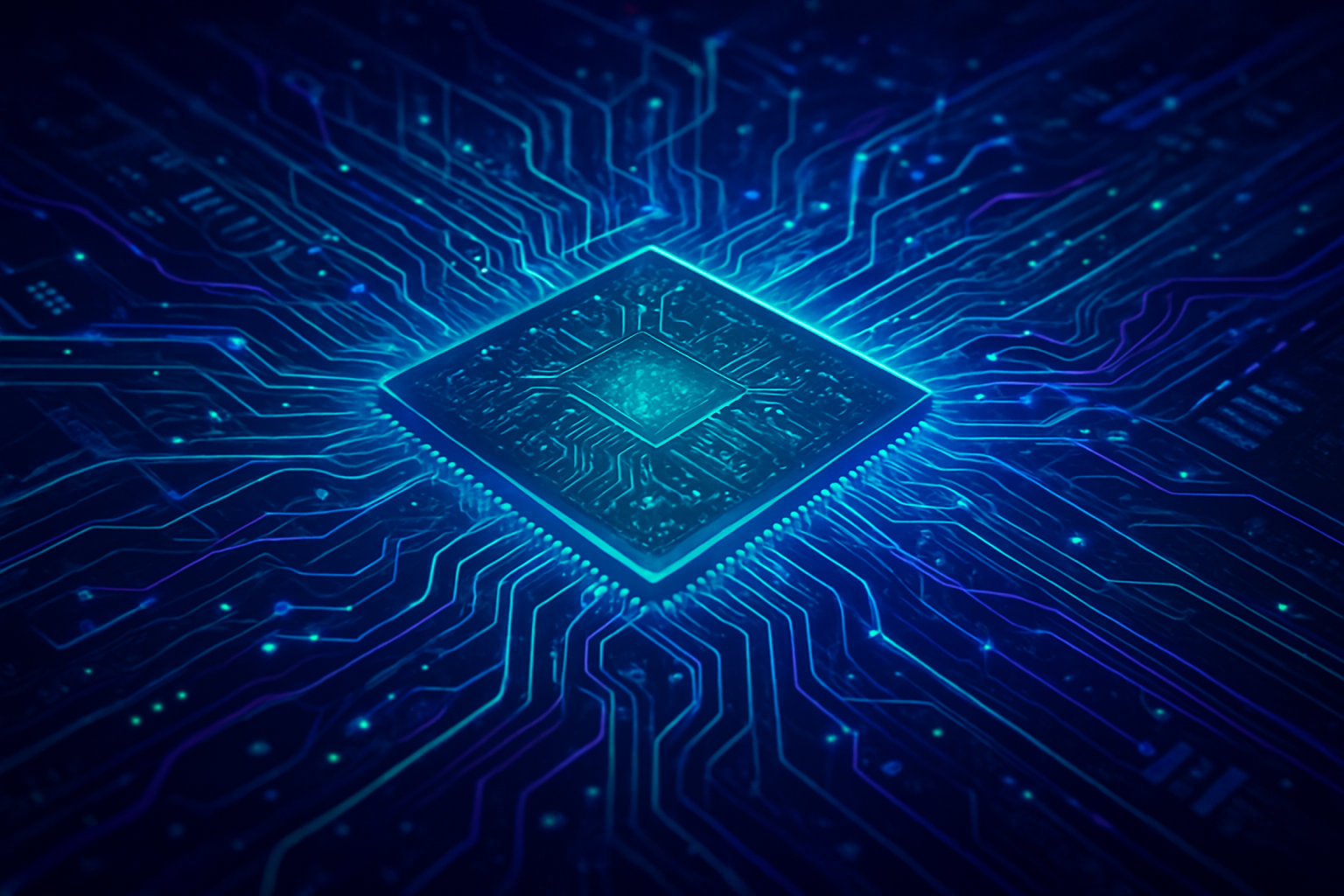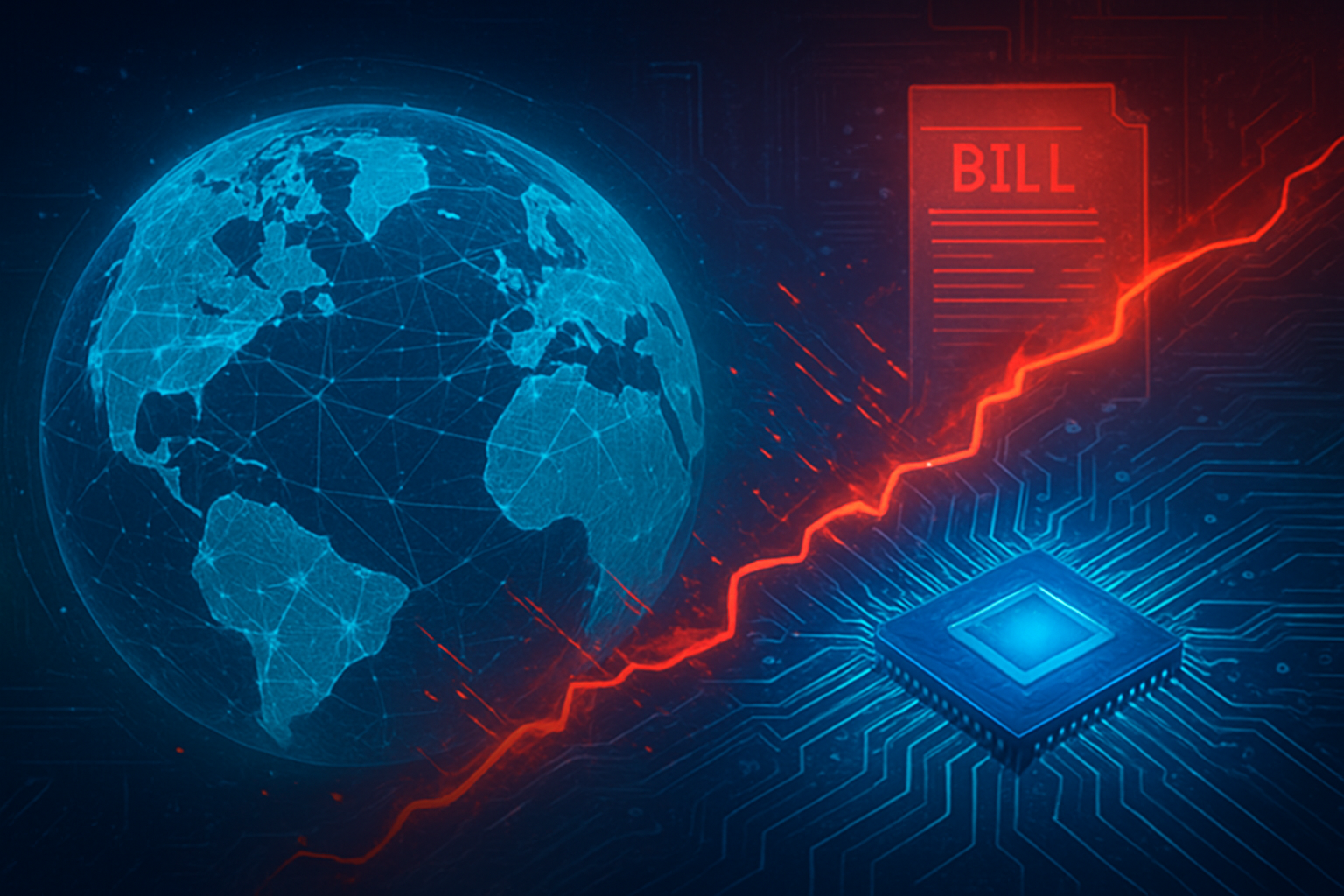The Department of Veterans Affairs (VA) is at the forefront of a profound transformation in veteran healthcare, leveraging the power of Artificial Intelligence (AI) to deliver more precise diagnoses, personalized treatments, and significantly improved operational efficiencies. These advancements are not merely theoretical; they represent a tangible shift towards a future where AI-powered tools are actively enhancing the care experience for millions of veterans across the United States. From predictive analytics that anticipate health risks to AI scribes that streamline clinical documentation, the VA's strategic integration of AI is reshaping how healthcare is delivered, making it more responsive, efficient, and ultimately, more effective for those who have served the nation.
The immediate significance of these developments, particularly as of late 2025, is immense. Veterans are already beginning to experience the benefits of faster, more accurate diagnoses and tailored treatment plans, especially in critical areas like mental health support and chronic disease management. For the VA healthcare system, AI is proving to be a powerful ally in reducing administrative burdens, optimizing resource allocation, and empowering healthcare professionals to focus more on direct patient care, thereby addressing long-standing challenges like clinician burnout and wait times. The VA's updated AI strategy, unveiled in October 2025, underscores its commitment to responsible and impactful AI deployment, positioning the department as a leader in harnessing technology for the betterment of veteran welfare.
Technical Deep Dive: AI Scribes, Precision Medicine, and Predictive Power
The VA's embrace of AI is characterized by a strategic implementation of tools designed to directly address the complex needs of veterans and the operational challenges within its vast healthcare system. Central to these efforts are AI scribes and ambient listening programs, which represent a significant leap from traditional documentation methods. These systems leverage advanced Artificial Speech Recognition (ASR), Natural Language Processing (NLP), and Machine Learning (ML) algorithms to capture, transcribe, and synthesize clinician-patient conversations into structured clinical notes. Unlike older voice dictation software that demanded specific phrasing and constant user interaction, ambient listening solutions operate seamlessly in the background, allowing clinicians to engage more naturally with patients. The technical prowess lies in their ability to accurately interpret medical terminology, identify speakers, and integrate directly with existing Electronic Health Record (EHR) systems like VistA and the modernizing Oracle Health (NYSE: ORCL) Millennium platform, ensuring that draft notes are automatically populated without manual data entry. Initial pilots, such as those planned for 10 VA facilities by the end of 2025 with vendors like Abridge AI, Inc. and Knowtex AI, are aimed at validating these cloud-based solutions in real-world environments.
This shift dramatically differs from previous approaches, where human medical scribes, while offering contextual understanding, were costly and had limited availability. More importantly, it targets the pervasive issue of clinician burnout, with studies showing that providers spend 35-37% of their time on documentation. AI scribes promise to cut this "pajama time" significantly, allowing clinicians to refocus on direct patient care. Early reactions from clinicians involved in pilot programs have been largely positive, reporting reduced stress, improved job satisfaction, and substantial reductions in note-taking time—sometimes up to 76%. Patients, too, have noted that their doctors are spending less time on computers and more time engaging with them. However, concerns persist regarding potential AI "hallucinations" or errors in transcription, the need for clinician review, and paramount issues of patient privacy and data security, which the VA addresses through stringent compliance protocols like HIPAA and "authority to operate" frameworks.
Beyond documentation, the VA is making profound strides in predictive analytics and personalized medicine. Tools like the Care Assessment Needs (CAN) Report, developed leveraging vast EHR data, utilize ML to calculate risk scores for hospitalization or mortality based on a multitude of factors, enabling proactive interventions. The REACH VET system stands as a critical example in suicide prevention, analyzing over 100 variables to identify veterans at high risk, with continuous algorithm updates ensuring its life-saving efficacy. Furthermore, the newly introduced IIA Predictive Modeling System (February 2025) employs explainable AI to manage chronic diseases. In personalized medicine, the VA is a national leader in Pharmacogenomics (PGx) through initiatives like PHASER, which analyzes a veteran's genes to predict medication responses, thereby reducing adverse drug reactions and trial-and-error prescribing. The FastTrack PGx innovation aims to cut result turnaround times from six weeks to two, integrating these genetic insights directly into EHRs via the VA-owned "Data Arch" platform. These initiatives, underpinned by the Million Veteran Program (MVP), harness one of the world's largest genomic-healthcare databases, providing an unparalleled foundation for AI-driven precision care and significantly advancing beyond generalized treatment protocols.
Market Dynamics: AI Companies Vie for VA Partnerships
The VA's aggressive adoption of AI is creating a dynamic and competitive landscape for AI companies, from agile startups to established tech giants. The department's updated AI strategy, released in October 2025, signals a long-term commitment to integrating AI across its operations, opening significant market opportunities. Companies that can demonstrate technical prowess, adherence to stringent security and privacy standards, and seamless integration capabilities with the VA's complex IT infrastructure stand to benefit immensely.
In the realm of ambient listening, startups like Abridge AI, Inc. and Knowtex AI have emerged as key players. Knowtex, a women-founded, Y Combinator-backed startup, notably secured a $15 million contract to deploy its AI-powered documentation platform across the VA health system, winning out over more established names. This highlights the VA's willingness to partner with innovative startups that can deliver cutting-edge, secure solutions. This competition is intense, with these companies gaining crucial federal validation that could challenge other ambient AI providers in the broader healthcare market. The disruption to traditional medical transcription services is evident, as AI automates note-taking, fundamentally altering clinical workflows and potentially reducing clinician burnout.
For predictive analytics and personalized medicine, the landscape involves a mix of specialized firms and major tech players. Companies with robust cloud infrastructure and AI services, such as International Business Machines (NYSE: IBM), Alphabet (NASDAQ: GOOGL), and Amazon (NASDAQ: AMZN) through AWS, are well-positioned to provide foundational AI platforms and data processing capabilities for the VA's vast datasets. Firms like Booz Allen Hamilton (NYSE: BAH) are also involved in providing IT service management, with opportunities for AI-powered solutions in administrative automation. In personalized medicine, Tempus, a leader in AI-enabled precision medicine, partnered with the VA's National Precision Oncology Program in 2022 to provide next-generation sequencing, leveraging its extensive data library. Earlier collaborations, such as with Flow Health and IBM Watson Health, also underscore the VA's sustained interest in leveraging AI for genomic analysis and tailored treatments. These partnerships emphasize the need for deep expertise in genomics, bioinformatics, and advanced AI/machine learning to securely analyze and integrate sensitive patient data.
The VA's "dual-track approach," which encourages early experimentation while developing standards, provides an entry point for smaller innovators through initiatives like AI Tech Sprints. However, the emphasis on "trustworthy AI"—ethical, secure, and bias-mitigated—means that only companies prioritizing responsible AI development and transparent governance will thrive in this environment. The strategic advantages lie with those who can not only deliver cutting-edge technology but also demonstrate a profound understanding of the unique needs of the veteran population and adhere to the highest standards of data integrity and patient privacy.
Wider Significance: A Blueprint for AI in Public Health
The VA's ambitious AI initiatives resonate far beyond veteran healthcare, offering a powerful blueprint for how large public health systems can effectively integrate advanced technology. This push fits squarely into the broader AI landscape, which is increasingly focused on practical, impactful applications that address real-world challenges, moving beyond theoretical research to tangible solutions. The VA's efforts highlight a critical trend: the convergence of big data, advanced analytics, and machine learning to transform healthcare delivery, making it more proactive, personalized, and efficient.
The impacts are multifaceted. For healthcare, the VA's success in deploying AI scribes and predictive tools could set new industry standards, accelerating adoption in civilian hospitals and clinics grappling with similar issues of clinician burnout and administrative overload. The focus on personalized medicine through pharmacogenomics, leveraging the Million Veteran Program's vast dataset, positions the VA as a global leader in tailoring treatments based on individual genetic profiles. This could pave the way for more widespread precision medicine, fundamentally altering how diseases like cancer and mental health conditions are managed. However, these advancements also bring potential concerns, primarily around data privacy, algorithmic bias, and the need for robust ethical frameworks. The VA's emphasis on "trustworthy AI" and human oversight in clinical decision-making is crucial in mitigating these risks, setting an example for responsible AI deployment in sensitive domains.
Comparing these developments to previous AI milestones, the VA's work signifies a maturation of AI from specialized tasks to systemic integration. While early AI breakthroughs focused on game-playing or image recognition, the VA's initiatives demonstrate AI's capability to augment human intelligence in complex, high-stakes environments like healthcare. It mirrors the broader trend of AI shifting from a "nice-to-have" technology to a mission-critical enabler, particularly in public services. The scale of the VA, serving millions of veterans, means that successful AI implementation here can have a ripple effect across the entire U.S. healthcare system, demonstrating how AI can improve access, quality, and equity in care, provided it is deployed thoughtfully and ethically.
Future Developments: The Horizon of AI-Enhanced Veteran Care
Looking ahead, the VA's AI journey is poised for significant near-term and long-term developments. In the immediate future, the ambient listening pilots at 10 facilities by the end of 2025 will provide critical data on the efficacy and user acceptance of AI scribes. Success here will likely lead to wider deployment, further reducing documentation burdens and enhancing clinician-patient interaction. We can expect continuous refinement of these AI models, improving accuracy in transcription and clinical note generation, and broadening their capabilities to include more advanced features like automated generation of patient-facing summaries and clinical reminders.
Beyond documentation, the horizon includes more sophisticated applications of predictive analytics, not just for risk assessment but also for optimizing resource allocation, managing supply chains, and even predicting outbreaks of infectious diseases within VA facilities. The integration of AI into the VA's new EHR system is a key long-term goal, aiming to transform it into an "adaptive, context-aware copilot" that proactively assists providers. This could involve AI flagging potential drug interactions, suggesting personalized treatment pathways based on real-time data, or even identifying subtle changes in a veteran's health trajectory that warrant immediate attention.
Challenges that need to be addressed include ensuring the interoperability of diverse AI tools across the VA's vast IT ecosystem, continuously updating algorithms to prevent bias and maintain accuracy, and fostering a workforce that is skilled in leveraging AI technologies. Data governance, privacy, and cybersecurity will remain paramount, requiring ongoing investment and vigilance. Experts predict that the VA will continue to be a testbed for innovative AI applications, potentially leading to breakthroughs in areas like mental health diagnostics through AI analysis of speech and behavioral patterns, and highly personalized rehabilitation programs. The development of a robust "AI Corps" within the VA also signals a commitment to building internal expertise, which will be crucial for sustaining these advancements.
Comprehensive Wrap-Up: A New Era for Veteran Health
The VA's strategic integration of Artificial Intelligence marks a pivotal moment in the history of veteran healthcare and a significant milestone in the broader adoption of AI in public services. The key takeaways from these developments are clear: AI is not merely an incremental improvement but a transformative force capable of revolutionizing patient care, enhancing operational efficiency, and profoundly improving the veteran experience. From AI scribes that liberate clinicians from administrative drudgery to precision medicine initiatives that tailor treatments to individual genetic blueprints, the VA is leveraging cutting-edge technology to deliver more responsive, effective, and personalized care.
This development's significance in AI history lies in its demonstration of AI's practical, large-scale application in a complex, high-stakes environment. It moves AI from the realm of academic research and consumer applications into critical public health infrastructure, setting a precedent for how other national healthcare systems might evolve. The VA's commitment to "trustworthy AI," emphasizing ethics, security, and human oversight, is equally important, providing a framework for responsible AI deployment that will be critical as these technologies become more pervasive.
Looking ahead, the long-term impact will likely see a healthcare system that is more proactive, personalized, and accessible, where technology empowers both providers and patients. What to watch for in the coming weeks and months includes the initial outcomes of the ambient listening pilots, further announcements on AI integration into the new EHR system, and the continued expansion of the VA's AI inventory. The success of these initiatives will not only benefit millions of veterans but also provide invaluable lessons for the global healthcare community on how to harness the full potential of AI for societal good.
This content is intended for informational purposes only and represents analysis of current AI developments.
TokenRing AI delivers enterprise-grade solutions for multi-agent AI workflow orchestration, AI-powered development tools, and seamless remote collaboration platforms.
For more information, visit https://www.tokenring.ai/.









